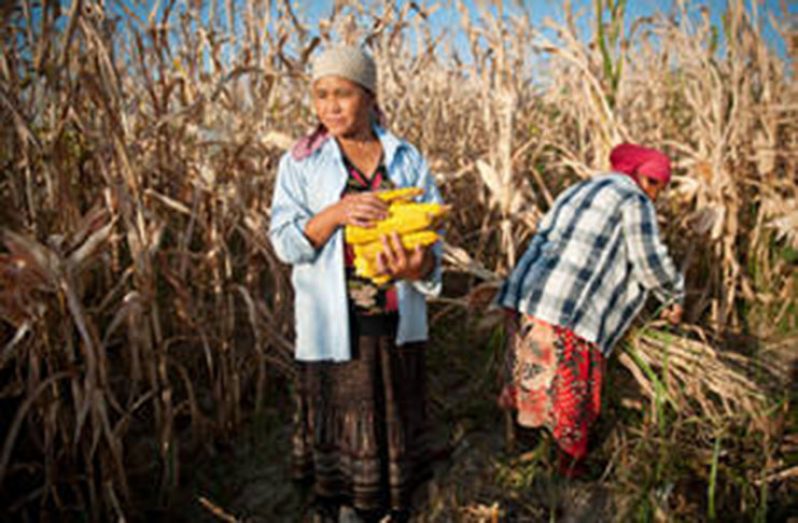THE Food and Agriculture Organisation (FAO) Food Price Index, a trade-weighted index tracking international market prices for five major food commodity groups, dipped slightly in November, marking a mild departure from its steady rise over the course of 2016.The Index declined 0.4 per cent from October, averaging 171.3 points in November, as a sharp drop in sugar prices outweighed an increase in palm oil quotations, but is still 10.4 per cent higher than in November 2015.
The FAO Sugar Price Index fell 8.9 per cent from October, reflecting reports of a higher-than-expected harvest in Brazil, the world’s largest sugar producer, and a weakening of the Brazilian real with respect to the U.S. dollar.
The FAO Vegetable Oil Price Index rose 4.5 per cent in the month, led by lower-than-anticipated production of palm oil in Southeast Asia as well as below-potential soybean crushing in South America.
Other commodities were more stable. The FAO Meat Price Index was unchanged from October. The FAO Dairy Price Index rose 1.9 per cent, continuing a recent upward trend after a protracted slump. The FAO Cereal Price Index declined 0.6 per cent, as global supplies are ample and strong harvest prospects in Argentina and Australia weighed on wheat quotations.
FAO updated its forecasts, projecting record global cereal stocks by the end of the 2017 seasons. According to the latest Cereal Supply and Demand Brief, production prospects, especially for wheat and coarse grains, have improved progressively since the start of the current marketing season.
FAO now expects worldwide cereal stocks to rise to 670 million tonnes, up 1.4 per cent from the previous season. Wheat inventories are seen to be rising to a new record of 238.5 million tonnes, with the increase concentrated in China, the United States and the Russian Federation. Global rice inventories have been scaled up to 171 million tonnes, while coarse grains’ stocks are projected to rise to 261 million tonnes, as a large build-up of maize inventories in the United States more than offsets a hefty drawdown in China.
The projection for world cereal production in 2016 was raised to 2,577 million tonnes, 1.7 per cent above the 2015 output. Record output levels are forecast for rice and maize.
Looking forward to the 2017 season, low price prospects are expected to lead to a contraction in the area planted with wheat in the US, although plantings are expected to increase in the Russian Federation, Ukraine, India and Pakistan.
Maize plantings in Argentina and Brazil, currently underway, are poised to increase, buoyed by improved returns and favourable weather. In South Africa, maize plantings are forecast to jump by nearly a third over last year’s level. Conducive weather conditions point to a strong rebound in the country’s maize harvest from the 2016 drought-reduced level.



.jpg)









